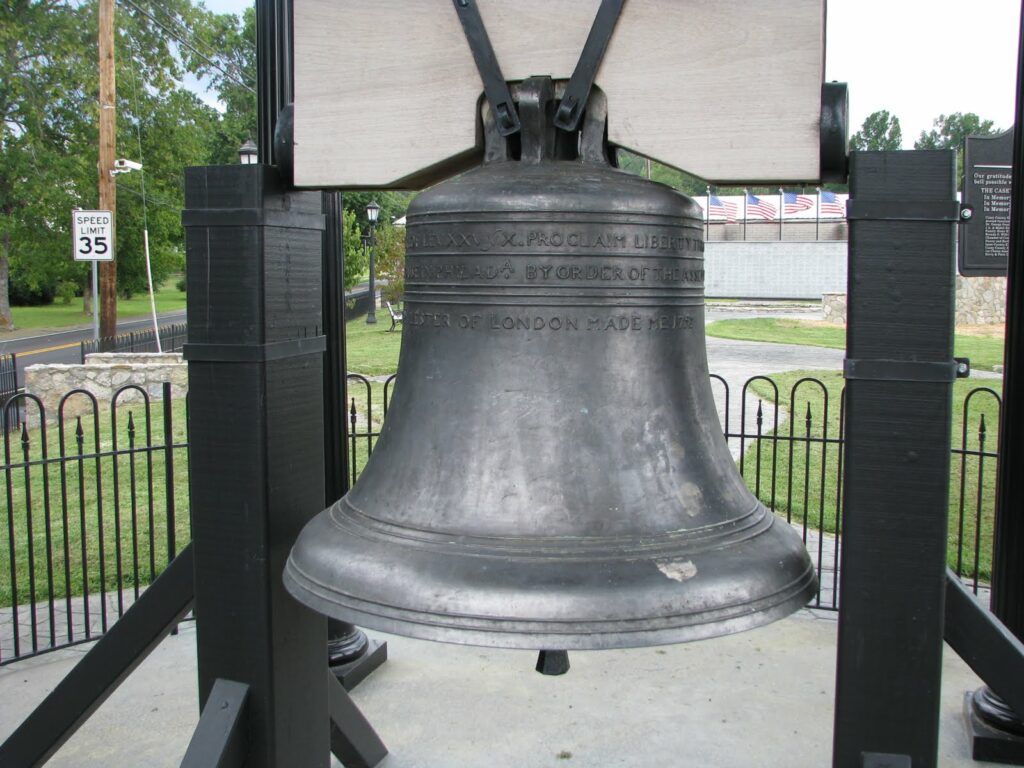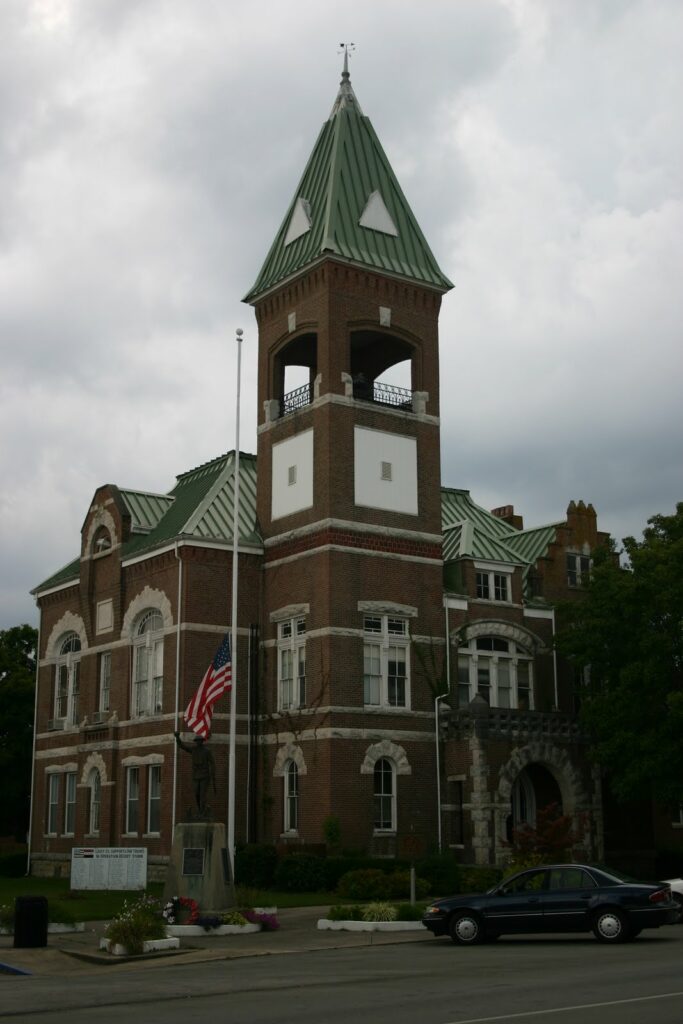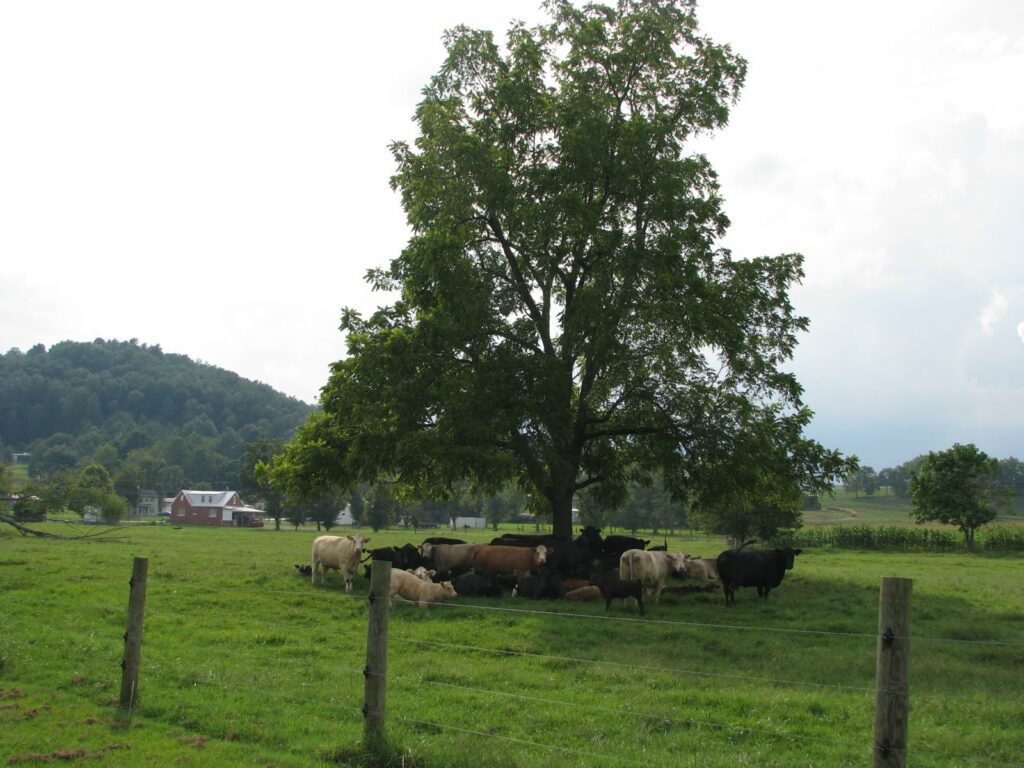| Early morning fog over a pond at Camp Wakon’da Ho in Casey County. Author’s collection. |
A church retreat found me and the Lil’ Kaintuckeean bound for rural Casey County (not that there is much of an urban center, with all due respect to those in Liberty). The destination was Camp Wakon’da Ho which is located in the small unincorporated community of Yosemite, Kentucky.
Oddly, I’d passed through Yosemite once before and then remarked it to be “a beautiful site.” Of the two camp sites owned by the Christian Church in Kentucky (Disciples of Christ), this was the first time I’d visited. My home church utilized the camp site on a hot and steamy August weekend for a retreat; it was a lot of fun with fellowship, food, worship, and relaxation.
Like much of Casey County, Camp Wakon’da Ho also offered breathtaking vistas.
| The valley containing the Camp from atop the adjoining hills. Author’s collection. |
The rolling hills of the region prompted the naming of the Yosemite community by the daughter of logger Eugene Zimmerman who established the community as part of his business. The topography reminded Miss Zimmerman of the Yosemite valley in California.
Waking in the morning, I could exit my cabin and gaze out upon a wooden cross that stood next to a small fishing pond. In the still still waters, I could find the reflections of an old wooden barn and the magnificent trees.
As said by Martin Luther, “God writes the Gospel not in the Bible alone, but also on trees, and in the flowers and clouds and stars.”
| The “Walter Scott” Cabin Author’s Collection. |
Each of the cabins bears a historic name related to the Restoration Movement from which the Disciples of Christ originates. Of course, that Movement began here in central Kentucky!
We stayed in the Walter Scott Cabin. And no, he wasn’t the author of Ivanhoe though both shared the same name and both were from Scotland. The Walter Scott for whom my cabin was named was an evangelist who helped to separate the Restoration Movement from the Baptists. He spent most of his ministry in Ohio, but spent his final years leading a school for women he established in Covington, Kentucky.
Kentucky’s beautiful landscapes offer so many spots for camping which can provide peaceful respite from your daily life.
For more on Camp Wakon’da Ho’s, go to its Facebook page.



